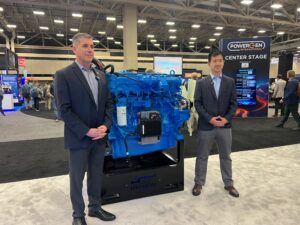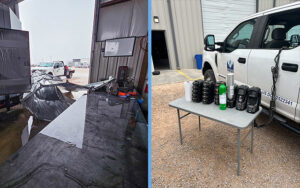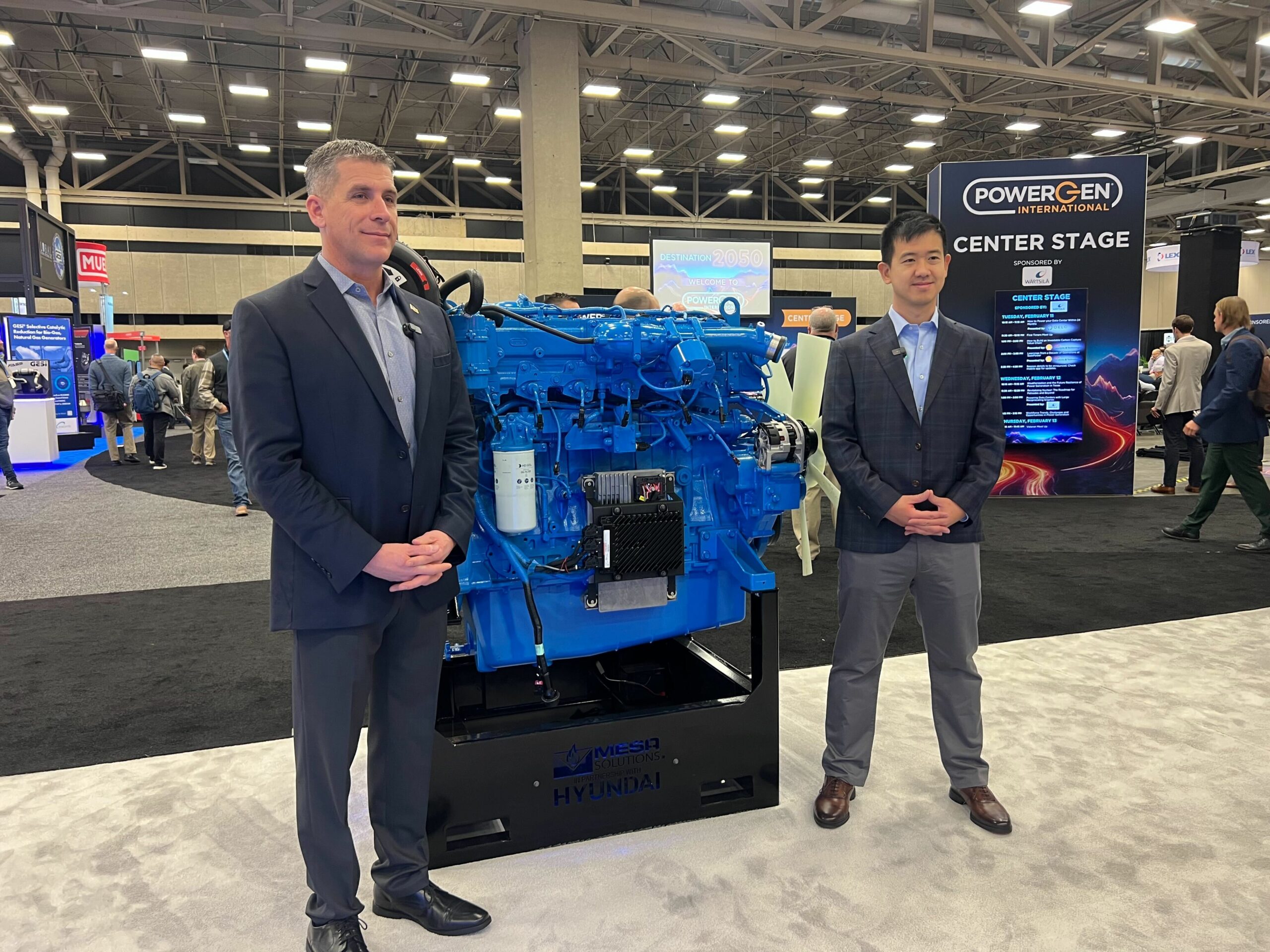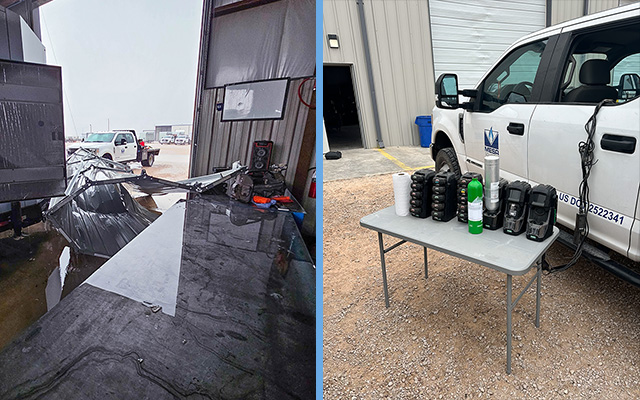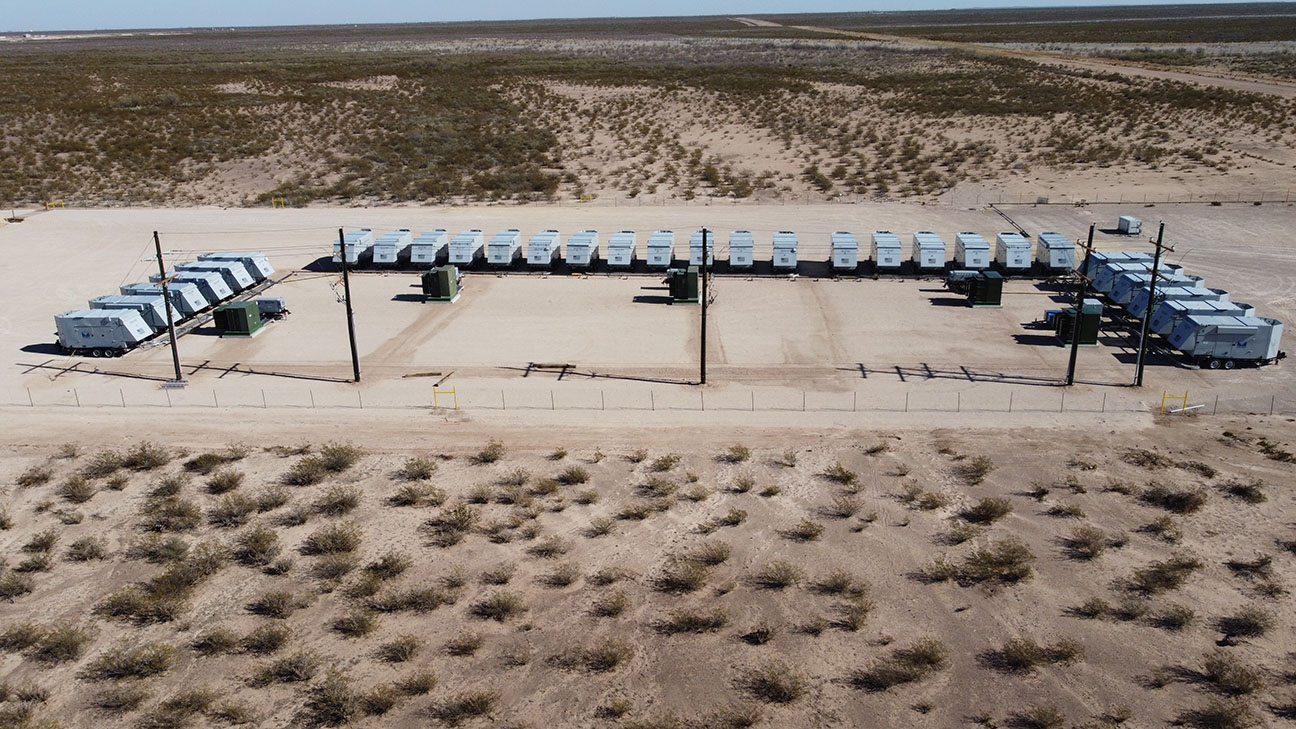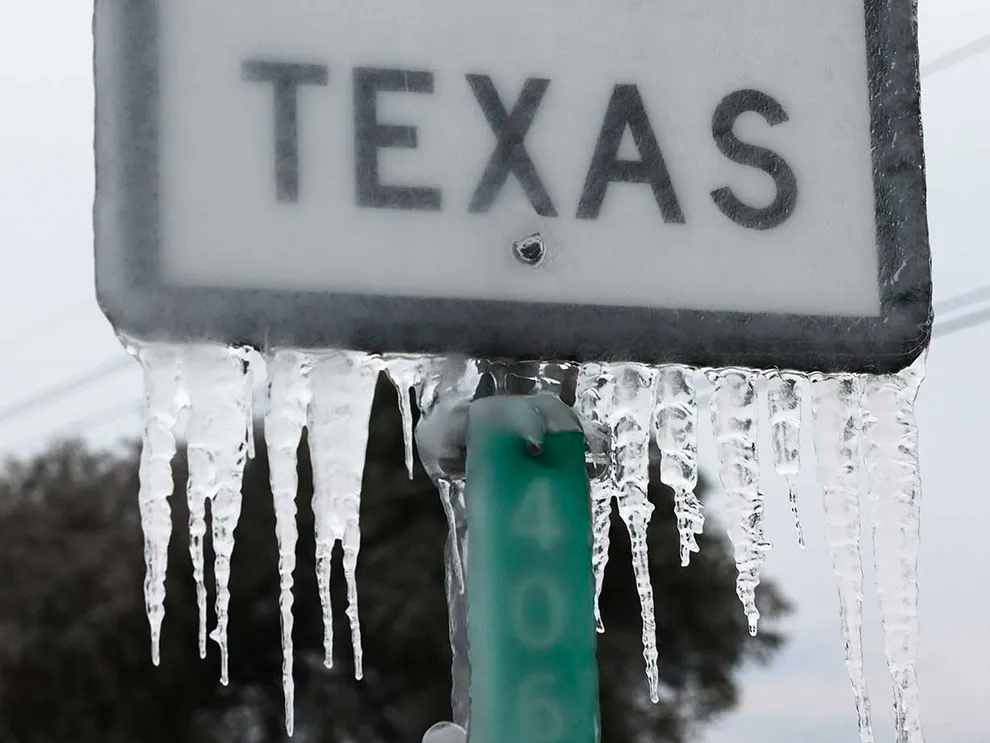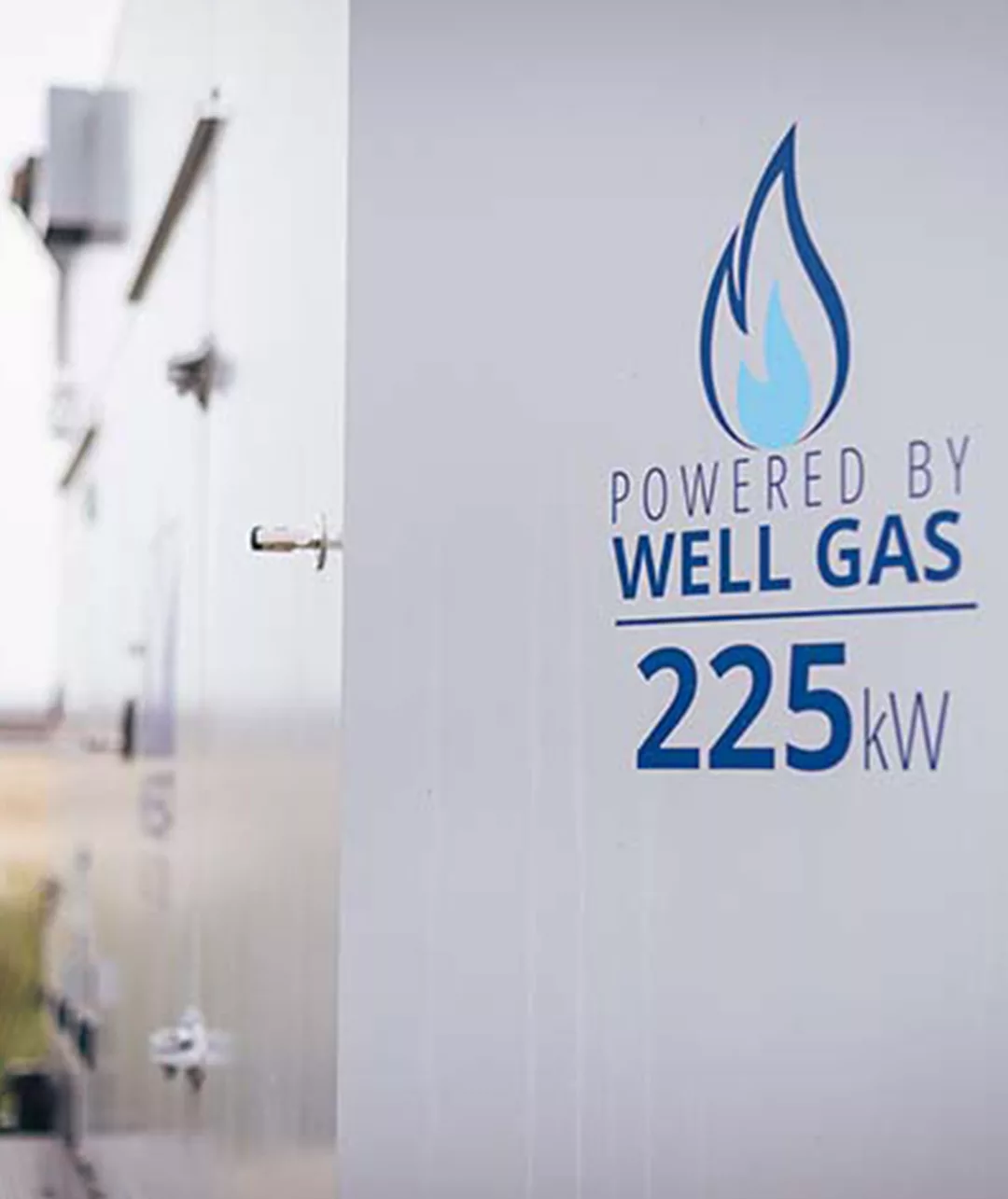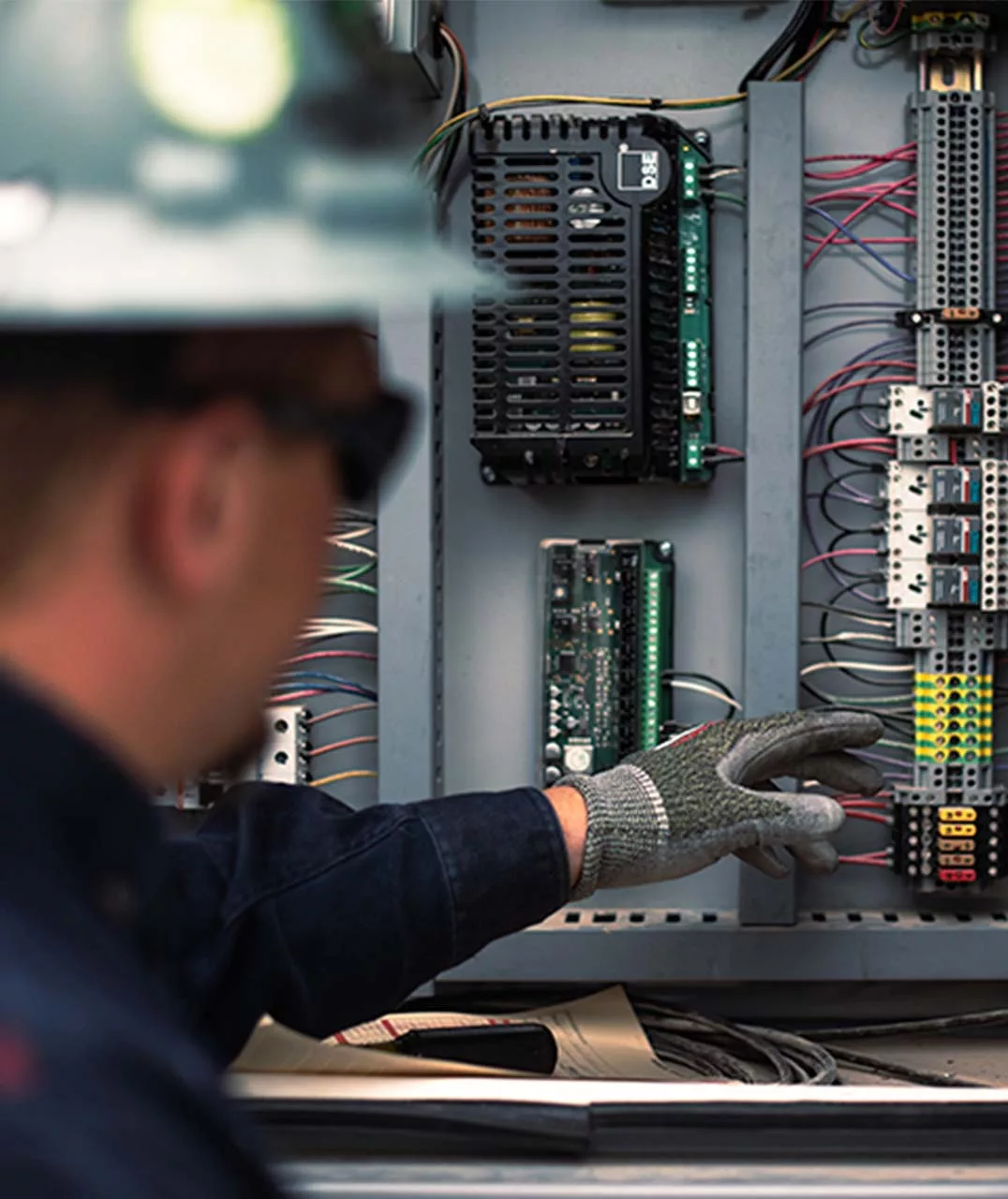The US electric grid is an intricate system that powers our homes, businesses, and industries. Understanding how it functions is crucial for ensuring reliable and efficient electricity delivery across the country. In this blog post, we investigate the working mechanisms of the US electrical grid, exploring its components, power generation sources, and the challenges it faces. Join us on this informative journey to gain insights into the backbone of our nation’s power infrastructure.
Overview of the US Electrical Grid
The US electric grid comprises three key components: power generation sources, the transmission system, and the distribution system. Power generation sources include diverse options such as fossil fuels (coal, natural gas, oil), nuclear power, and renewable energy (solar, wind, hydro, geothermal). These sources produce electricity, which is then transmitted and distributed to end consumers. The transmission system consists of high-voltage transmission lines and substations that transport electricity over long distances, while the distribution system delivers power to individual consumers via lower-voltage distribution lines and transformers.
Power Generation and Transmission
Power generation involves the conversion of various energy sources into electricity. Fossil fuel power plants burn coal, natural gas, or oil to produce steam, which drives turbines connected to generators. Nuclear power plants harness the energy released from nuclear reactions to generate heat and produce electricity through similar turbine-generator systems. Renewable energy sources rely on natural elements like sunlight, wind, or water to generate electricity through photovoltaic cells, wind turbines, or hydroelectric generators.
Once electricity is generated, it needs to be transmitted efficiently across the country. The transmission system ensures the smooth flow of power by transporting it at high voltages to minimize losses over long distances. This is achieved through an extensive network of transmission lines, supported by substations that regulate voltage levels and facilitate the transfer of electricity between transmission lines.
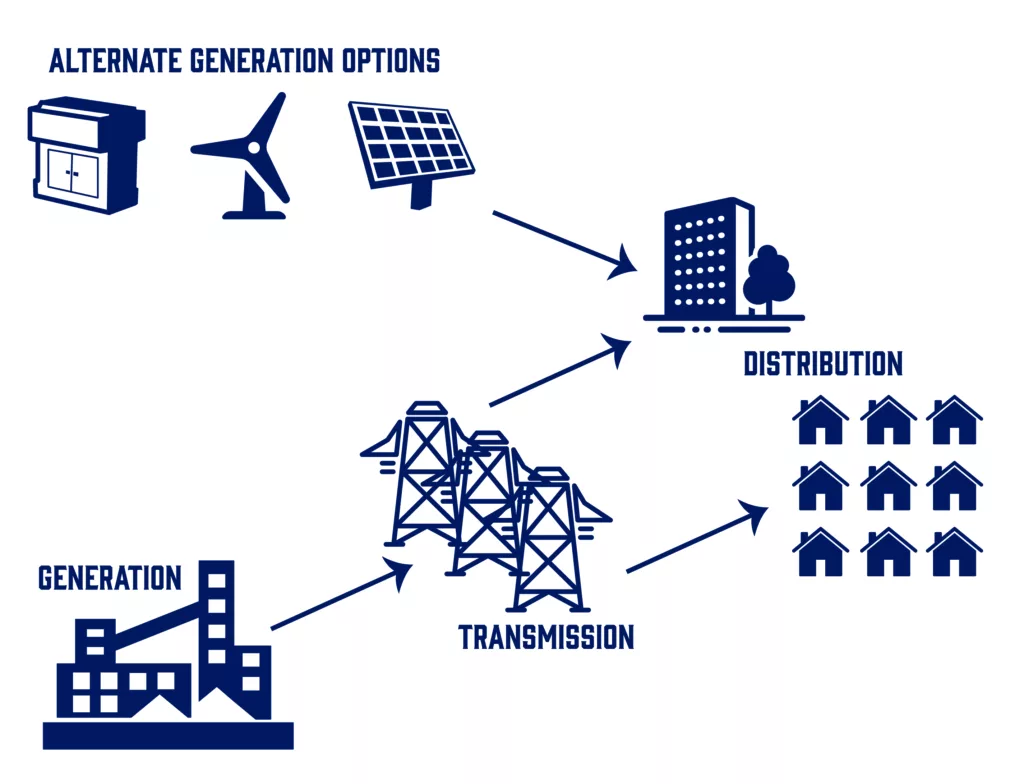
Distribution and Grid Operation
The distribution system plays a vital role in delivering electricity from the transmission system to end consumers. It consists of distribution lines, transformers, and local substations that reduce voltage levels to a safe range for household and commercial use. Distribution lines carry electricity to neighborhoods and buildings, and transformers further reduce the voltage for safe consumption.
The operation and control of the US electric grid involves system operators who monitor and manage the flow of electricity. They ensure that supply meets demand and maintain grid stability. Grid operators work in coordination with electricity markets to balance generation and consumption, ensuring a reliable supply of electricity across the nation. They rely on load forecasting techniques to predict demand patterns and implement demand response programs to manage peak loads effectively. Grid stability is critical, and systems are in place to address potential disruptions, with black start capabilities to restore power in case of a complete grid outage.
Regulated and Deregulated Markets
The distribution system plays a vital role in delivering electricity from the transmission system to end consumers. It consists of distribution lines, transformers, and local substations that reduce voltage levels to a safe range for household and commercial use. Distribution lines carry electricity to neighborhoods and buildings, and transformers further reduce the voltage for safe consumption.
The operation and control of the US electrical grid involves system operators who monitor and manage the flow of electricity. They ensure that supply meets demand and maintain grid stability. Grid operators work in coordination with electricity markets to balance generation and consumption, ensuring a reliable supply of electricity across the nation. They rely on load forecasting techniques to predict demand patterns and implement demand response programs to manage peak loads effectively. Grid stability is critical, and systems are in place to address potential disruptions, with black start capabilities to restore power in case of a complete grid outage.
*Come back next week to learn about the differences between regulated and deregulated markets.*
Conclusion
The US electrical grid is a complex and interdependent system that powers our modern society. From power generation to transmission and distribution, each component plays a crucial role in ensuring a reliable supply of electricity. Understanding how the US electrical grid works is essential for policymakers, energy industry professionals, and everyday consumers. As we move forward, addressing challenges such as aging infrastructure, renewable energy integration, and cybersecurity concerns will be pivotal in modernizing and securing our electrical grid.
The US electrical grid remains the backbone of our nation’s power infrastructure. By comprehending its functioning, we can make informed decisions about energy consumption, contribute to sustainable practices, and support initiatives aimed at strengthening the grid. Let us appreciate the remarkable engineering behind the US electrical grid and work towards a future where it continues to provide reliable and sustainable power for generations to come.

